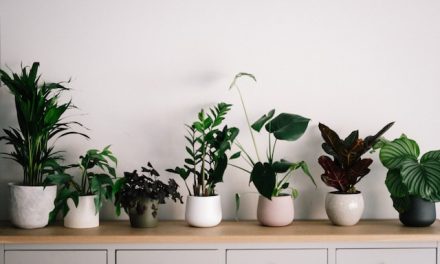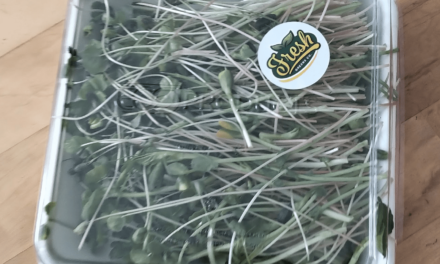Potting soil is a vital component of any indoor or outdoor gardening project. It provides the necessary nutrients and support for plants to grow, but it can also be a breeding ground for harmful bacteria, fungi, and pests. Sterilizing your potting soil can help eliminate these unwanted organisms and prevent them from damaging your plants. In this article, we will go over some methods to create the best sterile potting soil for vegetables and plants.
Why Sterilize Potting Soil?
Potting soil can harbor harmful organisms such as bacteria, fungi, and pests that can damage or kill your plants. These organisms can cause a range of problems, from root rot to plant diseases, and can even attract other pests such as mites and insects. Sterilizing your soil and ensuring that it is well draining potting soil can help eliminate these harmful organisms and create a clean and healthy environment for your plants to grow in.
How to Sterilize Potting Soil
There are several methods for sterilizing potting soil. Each method has its own advantages and disadvantages, so it’s important to choose the method that works best for you and your gardening needs.
Method 1: Oven Sterilization
One way to sterilize potting soil is by using your oven. This method is straightforward and effective, but it can also be time-consuming.
To sterilize your potting soil using your oven, follow these steps:
- Preheat your oven to 180-200 degrees Fahrenheit.
- Spread your potting soil out on a baking sheet, making sure to keep the depth to no more than 4 inches.
- Bake the soil for 30 minutes.
- Remove the soil from the oven and let it cool.
Method 2: Microwave Sterilization
Another method for sterilizing potting soil is by using your microwave. This method is quick and easy, but it can also be tricky to get the timing right.
To sterilize your potting soil using your microwave, follow these steps:
- Dampen your potting soil with water.
- Place the soil in a microwave-safe container with a lid.
- Microwave the soil on high for 90 seconds.
- Let the soil cool before using.
Method 3: Boiling Sterilization
Boiling is another method for sterilizing potting soil. This method is effective, but it can be time-consuming and requires a large pot or container.
To sterilize your potting soil using boiling water, follow these steps:
- Fill a large pot or container with water and bring it to a boil.
- Add your potting soil to the boiling water, making sure to keep the depth to no more than 4 inches.
- Boil the soil for 30 minutes.
- Remove the soil from the water and let it cool.
Method 4: Chemical Sterilization
Chemical sterilization is another method for sterilizing potting soil. This method involves using chemicals such as hydrogen peroxide or bleach to eliminate harmful organisms in the soil.
To sterilize your potting soil using chemicals, follow these steps:
- Mix a solution of 1 part hydrogen peroxide or bleach to 9 parts water.
- Dampen your potting soil with the solution.
- Let the soil sit for 30 minutes.
- Rinse the soil thoroughly with water.
Precautions to Take when Sterilizing Potting Soil
No matter which method you choose to sterilize your potting soil, it’s important to take precautions to protect yourself and your plants.
- Wear gloves and a mask when handling potting soil, especially if you are using chemical sterilization.
- Make sure your potting soil is completely dry before using it.
- Use sterile containers to store your potting soil to prevent contamination.
Using sterile potting soil is an essential step in maintaining a healthy and thriving garden. Whether you choose to use an oven, microwave, boiling water, or chemicals, each method has its own advantages and disadvantages. Whichever method you choose, it’s important to take precautions to protect yourself and your plants. Remember to wear gloves and a mask when handling potting soil, ensure that your soil is completely dry before use, and use sterile containers for storage. By taking these simple steps, you can create a clean and healthy environment for your plants to grow and thrive in. Happy gardening!





